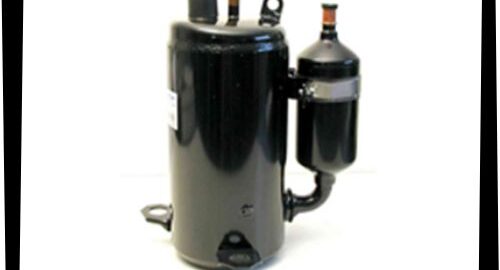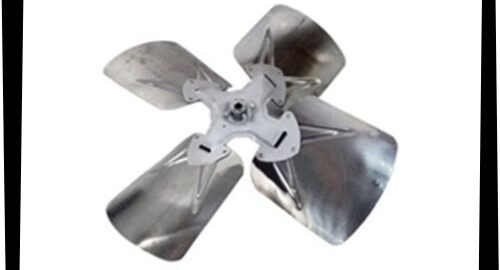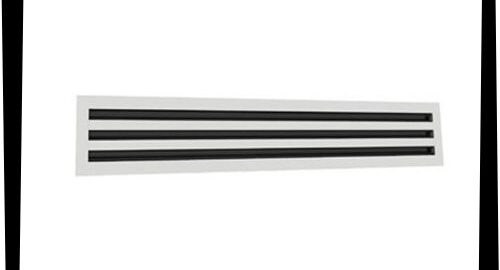
Insulation Products is
The most common types of materials used for loose-fill insulation include cellulose, fiberglass, and mineral (rock or slag) wool. All of these materials are produced using recycled waste materials. Cellulose is primarily made from recycled newsprint. Most fiberglass products contain 40% to 60% recycled glass.
Why do we use it?
Insulation products are used in a variety of applications to reduce heat transfer, improve energy efficiency, and create a more comfortable environment. Some common insulation products include:
- Fiberglass: Fiberglass is one of the most common insulation materials, and it is available in a variety of forms, including batts, rolls, and loose-fill. Fiberglass is made from sand and other natural materials, and it is relatively inexpensive.
- Rockwool: Rockwool is another common insulation material, and it is made from molten rock. Rockwool is more fire-resistant than fiberglass, and it is also a good sound insulator.
- Cellulose: Cellulose is a natural insulation material that is made from recycled paper and cardboard. Cellulose is a good thermal insulator, and it is also a good sound insulator.
- Spray foam: Spray foam is a type of insulation that is applied as a liquid and then expands to form a solid foam. Spray foam is a good air barrier, and it can be used to insulate hard-to-reach areas.
- Rigid foam: Rigid foam is a type of insulation that is available in sheets or boards. Rigid foam is a good thermal insulator, and it is also a good moisture barrier.
Insulation products can be used in a variety of applications, including:
- Attics: Insulating attics is one of the most effective ways to reduce energy costs. Insulation can help to keep your home cool in the summer and warm in the winter.
- Walls: Insulating walls can also help to reduce energy costs and improve indoor comfort. Insulation can help to keep your home cool in the summer and warm in the winter.
- Floors: Insulating floors can help to reduce energy costs and improve indoor comfort. Insulation can help to keep your home warm in the winter and cool in the summer.
- Ductwork: Insulating ductwork can help to improve the efficiency of your heating and cooling system. Insulation can help to reduce heat loss in the winter and heat gain in the summer.
- Appliances: Some appliances, such as refrigerators and water heaters, can be insulated to improve their efficiency.
When choosing insulation products, it is important to consider the following factors:
- R-value: The R-value is a measure of the insulation’s ability to resist heat flow. The higher the R-value, the better the insulation.
- Type of insulation: There are a variety of different types of insulation available, each with its own advantages and disadvantages. Choose the type of insulation that is best suited for your needs.
- Cost: Insulation can range in price from a few cents per square foot to over a dollar per square foot. Choose an insulation that fits your budget.
Insulation products can be a wise investment for homeowners and businesses. By reducing energy costs and improving indoor comfort, insulation can help to save you money in the long run.
-
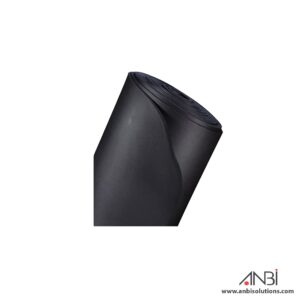 AEROFOAM NBR Rubber Insulation Plain Sheet & Roll118.12 AED – 387.18 AED
AEROFOAM NBR Rubber Insulation Plain Sheet & Roll118.12 AED – 387.18 AED -
 AEROFOAM NBR Rubber Insulation Self Adhesive Sheet & Roll196.87 AED – 386.25 AED
AEROFOAM NBR Rubber Insulation Self Adhesive Sheet & Roll196.87 AED – 386.25 AED -
 AEROFOAM Rubber Insulation NBR Tubes
AEROFOAM Rubber Insulation NBR Tubes -
 AEROFOAM XLPE Polyolefin Insulation Tubes 1.5Meter Length18.00 AED – 53.00 AED
AEROFOAM XLPE Polyolefin Insulation Tubes 1.5Meter Length18.00 AED – 53.00 AED -
 AeroSound Sound Acoustic Liner LX-XLPE ½ inch Thick X 1.2Mtr Width X 20 Mtr LgthProduct on sale
AeroSound Sound Acoustic Liner LX-XLPE ½ inch Thick X 1.2Mtr Width X 20 Mtr LgthProduct on sale750.00 AED710.00 AED -
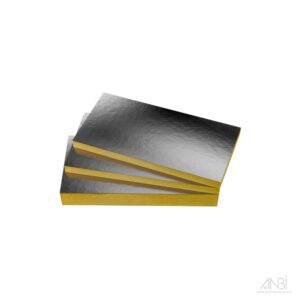 AFICO Fiber Glass Duct Board 48Kg Density Size-1.2 x 1MtrProduct on sale20.00 AED – 35.00 AED
AFICO Fiber Glass Duct Board 48Kg Density Size-1.2 x 1MtrProduct on sale20.00 AED – 35.00 AED -
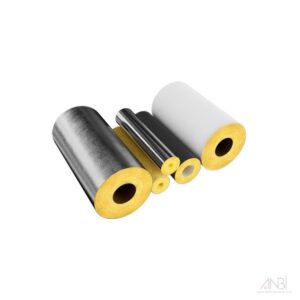 AFICO Fiber Glass Pipe Insulation Tube 64Kg Density x 1.2Mtr LgthProduct on sale13.00 AED – 50.00 AED
AFICO Fiber Glass Pipe Insulation Tube 64Kg Density x 1.2Mtr LgthProduct on sale13.00 AED – 50.00 AED -
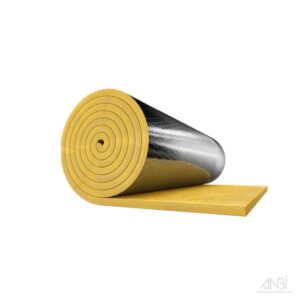 AFICO Fiber Glass Roll 24Kg Density Width-1.2MtrProduct on sale
AFICO Fiber Glass Roll 24Kg Density Width-1.2MtrProduct on sale195.00 AED165.00 AED

